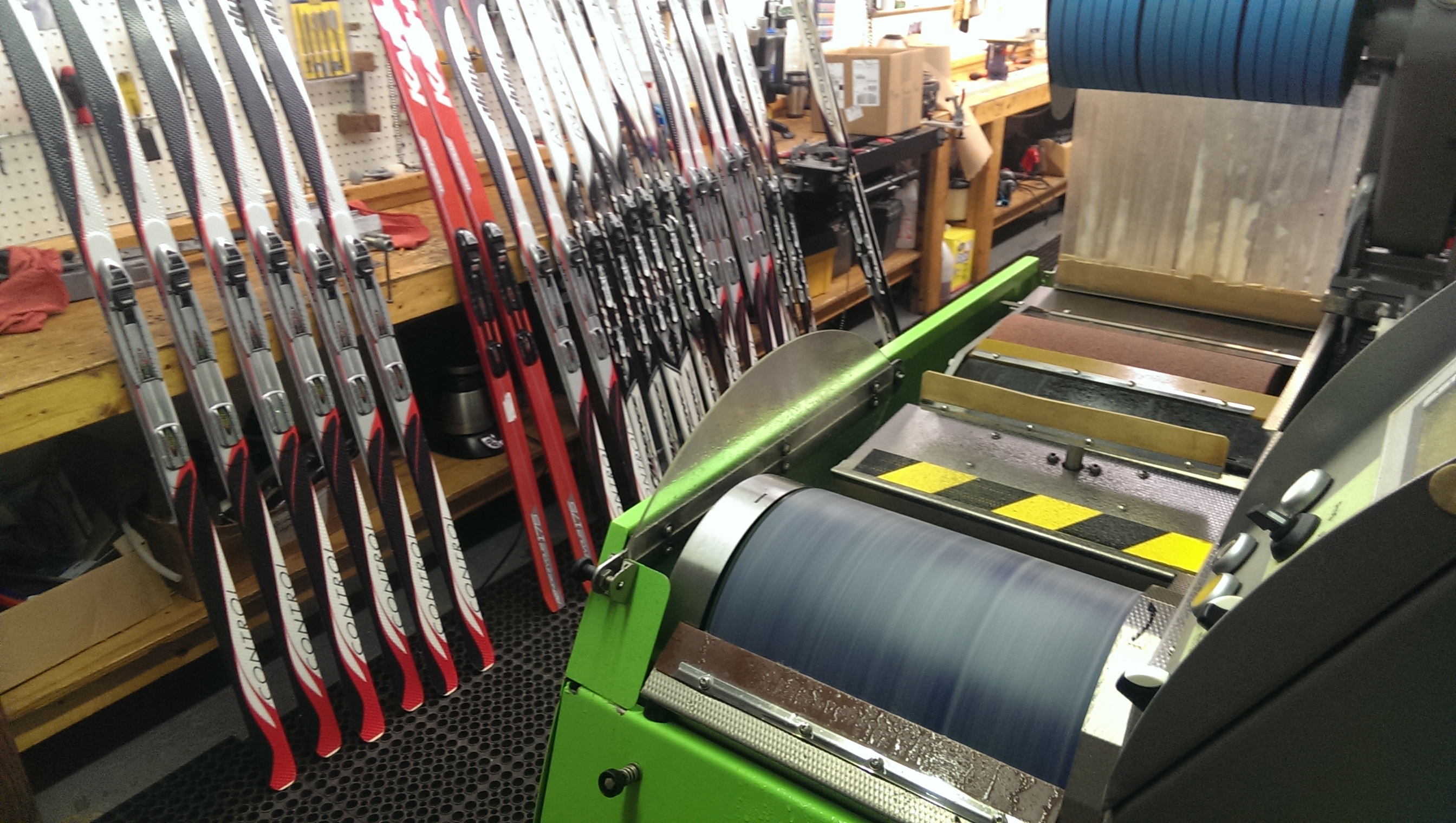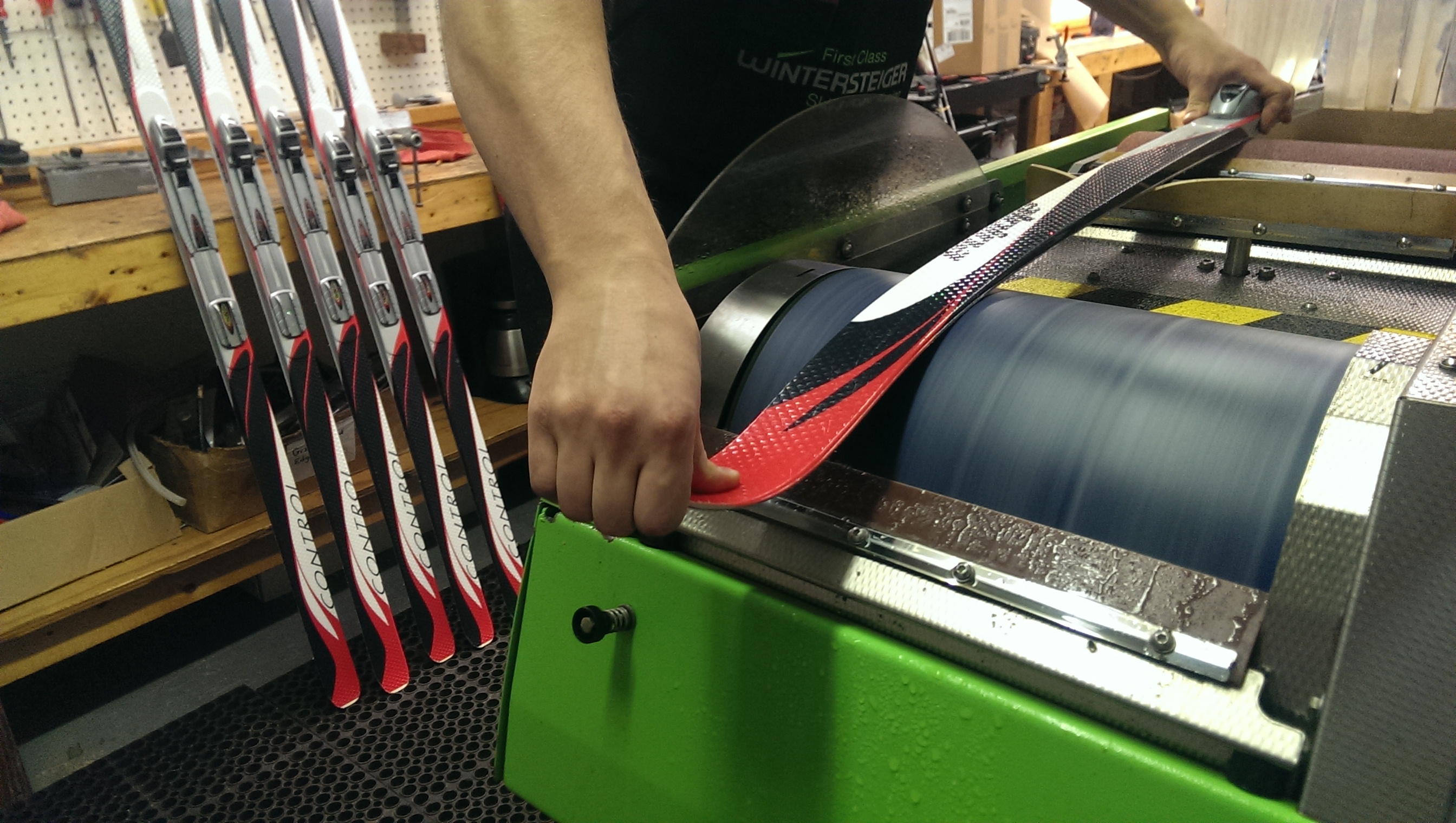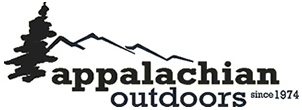by Phil Graham
**Mention this blog when dropping off your equipment and receive 20% ski shop services until April 30th, 2014***
If you’re not lucky enough to ski and board all year, sadly, you’ll have to store your gear for the season. To set yourself up for great riding next year, it’s vital to conduct some end-of-season maintenance and ensure your ride is properly prepped and stored.
Suggested Work
- Summer wax cap
- Base repair/full tune
- Checking of boot soles, buckles, straps, liners, laces, BOAs, etc.
Goals for Offseason Maintenance
Prevent edge oxidation, get any repair work completed prior to next season, become aware of what equipment may need to be replaced for next season.
Steps for Checking Your Gear
- Check the topsheets for damage. If underlying layers are exposed, have them filled with two-part epoxy or urethane glue (mixed with a color pigment if desired). Overfill, let harden and dry, then remove excess with a small chisel or rotary grinder. Finish with 220 (or greater) grit sandpaper.
- Inspect sidewalls and have them repaired as explained above. Cracks or edge delaminations should be inspected by a ski-technician.
- Check bases for damage. Gouges can be repaired with a p-tex stick(available at Appalachian Outdoors). Any core exposure should be repaired by a technician.
- Check the base for flatness with a true bar. Any unevenness can be remedied by having it stone-ground with our Wintersteiger tuning machine. Consult our certified ski and snowboard technicians to determine the best grind for your expected conditions next season.
- Check edge bevels(sharpness) and have them re-established if needed. This will ensure proper edge hold for the upcoming season.
- Have the bases cleaned with a citrus base cleaner prior to wax application. Thick wax will help prevent base dry rot. Wax on the edges is OK for storage, as it will add a protective layer and help prevent edge corrosion and oxidation.
- Rub a paste wax on the topsheet and sidewalls.
- Have one of our technicians check ski binding screws and tighten if needed (free of charge). The technician will apply lithium grease to the appropriate areas of the binding for proper lubrication.
- Remove snowboard bindings and store screws in a plastic bag taped to the board.
- Store in a clean area that is likely to be maintained at a moderate temperature such as an interior hallway or entryway closet, and not in attics, garages, or basements. Avoid temperature extremes and large temperature swings. Recurring moisture contact can amplify existing problems with corrosion, oxidation, and core rot. Store high and dry with ample air flow.
- Do not clamp or strap skis together in order to maintain proper camber shape.
- Pull boot liners and foot beds out of your boot shells to allow them to dry thoroughly. Then reassemble and buckle up snugly to maintain a good form. Store in a clean dry place devoid of moisture.
The certified ski and snowboard technicians at Appalachian Outdoors can get your snowboard or skis properly prepped for the offseason. We’ll let you know exactly what needs to be done to treat your ride, so you can either do the work yourself or let us do it for you.
In fact, mention this blog when you drop off your skis or snowboard by April 30 and receive 20% off ski shop services towards prepping your ride for the off season!
 Meet with any one of our experienced ski and snowboard technicians and learn how we can elevate your equipment to its peak performance with our Wintersteiger ski and snowboarding machine.
Meet with any one of our experienced ski and snowboard technicians and learn how we can elevate your equipment to its peak performance with our Wintersteiger ski and snowboarding machine.

Pingback: The Industry’s Friday Five –
Wonderful suggestions! I’m likely to want to hear much more from your business